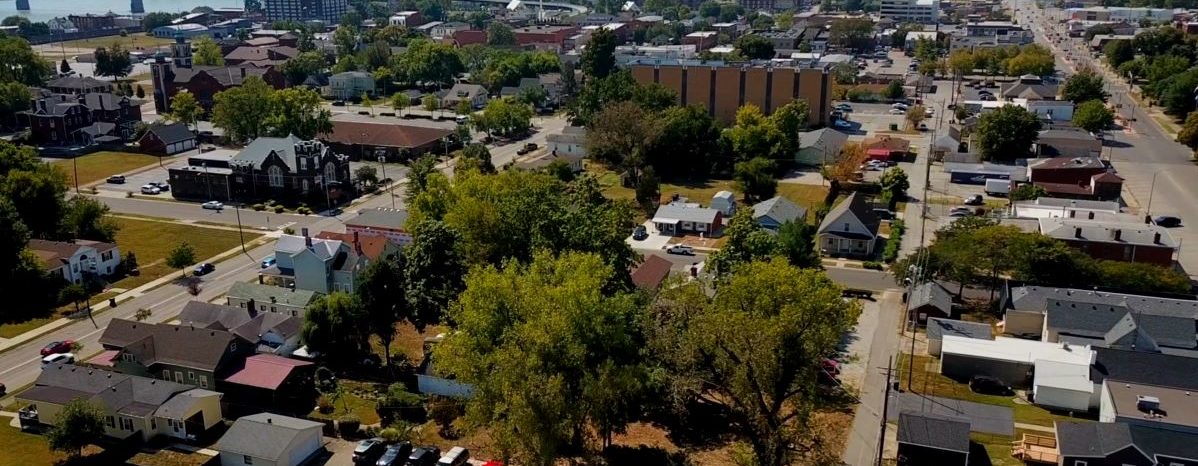
Environmental Justice is used in the planning process to avoid, minimize, or mitigate disproportionately high and adverse human health, environmental, social, and economic effects on minority populations and low-income populations. Environmental Justice also seeks to ensure full and fair participation by all potentially impacted communities in the transportation decision-making process and to prevent the denial of, reduction in, or significant delay of benefits to minority and low-income populations. Environmental Justice in transportation planning strives to meet the transportation needs of all people and to provide connections across the transportation network.
The goals and outcomes of Environmental Justice in transportation planning are:
- Transportation facilities that fit more harmoniously into communities
- Enhancements to the public-involvement process, strengthen community-based partnerships, and provide minority and low-income populations with opportunities to learn about and improve the quality and usefulness of transportation in their lives
- Improved data collection, monitoring, and analysis tools that assess the needs of, and analyze the potential impacts on minority and low-income populations
- Partnering with other public and private programs to leverage transportation-agency resources to achieve a common vision for communities
- Avoid disproportionately high and adverse impacts on minority and low-income populations
- Minimize and/ or mitigate unavoidable impacts by identifying concerns early in the planning phase and providing offsetting initiatives and enhancement measures to benefit affected communities and neighborhood
The MPO’s Environmental Justice Guide provides information on KIPDA’s Environmental Justice Study Areas, resources, and mitigation and alternative strategies.
Additional information on KIPDA’s Title VI and ADA policies and procedures is available below.
